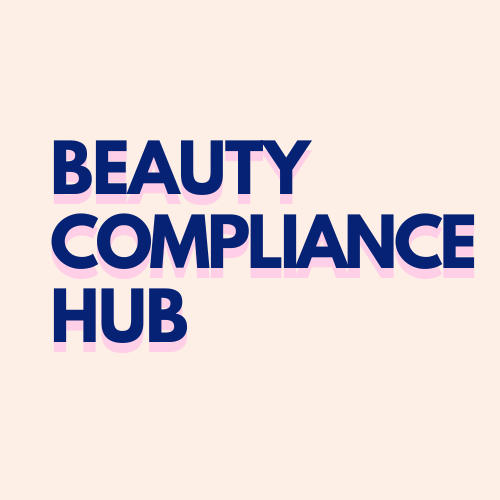💄 U.S. Tariffs and the Beauty Industry: What They Mean for Your Brand, Supply Chain, and Bottom Line
The U.S. beauty industry is facing a growing challenge one that has nothing to do with trends or ingredients, and everything to do with trade policy. The recent escalation of U.S. tariffs on imports from China is sending shockwaves through the cosmetics sector, with real consequences for how beauty brands source, price, and deliver their products.
From packaging materials to finished goods, tariffs are affecting nearly every layer of the supply chain. Here's what your brand needs to know—and how you can respond strategically.
📦 How Tariffs Are Disrupting Beauty Supply Chains
Many beauty products rely on components sourced from China, think plastic tubes, aluminium caps, glass jars, pumps, sprayers, and printed cartons. With new tariffs reaching up to 25–100%, these once cost-efficient items are becoming significantly more expensive to import into the U.S.
Brands that previously leaned on China for both speed and scale are now facing:
Delays at customs
Rising landed costs
Unpredictable lead times
A scramble to find alternative vendors
As a result, supply chains that were once optimised for efficiency must now be restructured for resilience.
💰 Cost Pressures and Margin Squeeze
Higher tariffs translate directly into increased cost of goods sold (COGS). For example:
That $0.30 plastic tube may now cost $0.38 after tariffs
A full packaging suite that once landed at $1.00 could now cost $1.25 or more
If you’re a mass or indie brand, this matters. You may be operating on tight margins, and sudden cost increases can leave you with two choices:
Absorb the cost and watch your margins shrink
Pass the cost to the consumer and risk losing price-sensitive buyers
Luxury brands may have more room to adjust pricing, but even they are rethinking packaging strategies and SKU optimisation.
🛠️ Rethinking Strategy: From Sourcing to Fulfillment
Tariffs are forcing brands to rethink their operations from the ground up. This includes:
1. Diversifying the Supplier Base
Brands are moving production from China to countries like:
South Korea – known for high-quality cosmetic packaging
Vietnam & India – rising players with lower labor costs
Mexico – a nearshoring option for North American fulfillment
This diversification spreads risk and lowers tariff exposure.
2. Localising Production
Some brands are shifting final assembly or filling to the U.S. or EU to keep products closer to end consumers and reduce cross-border complexity.
3. Building Inventory Buffers
With longer lead times and customs unpredictability, "just-in-time" inventory models are no longer reliable. Brands are stocking up on core components and SKUs to prevent stockouts.
👩💻 Impact on the End Consumer
Ultimately, the ripple effects of tariffs land on the consumer’s shelf. Shoppers may start to notice:
Slight price increases on their favorite products
Fewer promotions or bundles as brands tighten budgets
Longer wait times for restocks or new launches
For Direct to consumer brands that ship directly from overseas, the elimination of the $800 duty-free threshold (de- minimise) means added shipping costs and potential delays for customers. This hits fast-moving e-commerce brands particularly hard.
✅ What Your Brand Can Do Now
Here are four actions beauty brands can take to stay ahead:
Audit your supply chain: Identify which components or suppliers are exposed to tariffs.
Source strategically: Look for tariff-free countries and suppliers that align with your product needs and compliance standards.
Revisit your pricing model: Use data to determine if (and how) you can adjust pricing without alienating your customer base.
Communicate transparently: If pricing or delivery timelines change, let your customers know why—it builds trust in the long run.
✨ The Upside: Resilience and Innovation
While tariffs introduce friction, they also present an opportunity. Brands that respond proactively can build more flexible, resilient, and efficient operations. Many are using this moment to streamline SKUs, explore sustainable packaging alternatives, and forge stronger relationships with diversified suppliers.
In a competitive industry, the ability to adapt quickly isn’t just smart—it’s essential!
Brands now need to diversify suppliers, localise fulfilment, and communicate transparently with consumers as they navigate a more complex and costly global trade landscape.
👉 Book a free consultation or contact us to discuss how we can future-proof your brand's supply chain and strategy.








